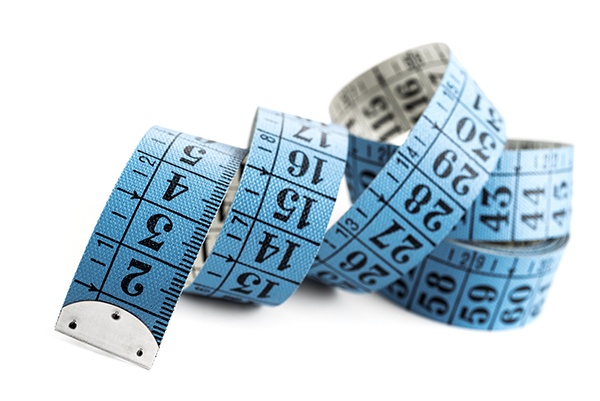
Office space is usually one of a company's largest expenses. At the same time, it is also one of the most underutilized resources that many companies have. Understanding your company's office utilization requires two different calculations. After looking at how efficiently your space can hold your team, you can then analyze how your team uses it and how it serves your team.
Part One: Space Efficiency
The classic office utilization metric is square feet per employee. Divide the total size of your space, usually measured as its rentable area, by the number of employees that it holds. You can perform this analysis looking both at the total number of employees that it can hold when full as well as the total number that it currently holds. The first calculation gives you a benchmark for the efficiency of your plan that you can use to compare with other sites. The second tells you what your actual office utilization is at your current staffing level. It is particularly useful when you are looking at spaces that have empty desks.
If you have an unreasonable number of square feet per employee (typically greater than 200-250 for office), the space is probably too large. Conversely, if you've crammed people into every available bit of space and you're seeing space per employee metrics under 100 square feet, you might need to expand.
These calculations work extremely well when you are just looking to analyze the headcount in your office. They do not, though, tell you much about how your employees are actually using the space and how it is affecting them.
Part Two: Employee Metrics
Take a look around your office and see how many people are actually there. If you work in an 80 person office, it's likely that you'll see less than 40 people. Most offices have an employee office utilization rate of around 48 percent, which means that they have much more space than they need. If your company is open to flexible workspaces, you could significantly downsize your offices and reduce your real estate occupancy expenses.
You can also take a broader view of office utilization metrics and use them to compare your sites. For instance, if you want to measure employee satisfaction with your sites, you could divide the number of turnovers by the square footage of your spaces. Spaces with higher turnover rates may benefit from being moved when your lease comes up for renewal.
Office utilization metrics also work to help you analyze the impact of your spaces on your employee's productivity. Instead of dividing a store's sales per square foot, you could divide your employee's productivity by the space's area to find its relative productivity. Depending on your business, you could choose from a number of different metrics to measure your employees productivity.
Given the significant investment that your company makes in its office space, maximizing its performance is crucial. Looking at your office utilization and measuring how your employees use your offices and what they do in it will give you the information that you need to better manage your corporate real estate portfolio.
Here are a few other articles to check out:
Commercial Office Leasing 101
Best Ways to Optimize Office Utilization
Tips for Optimizing Your Office Utilization
Don't forget to comment and subscribe!!








